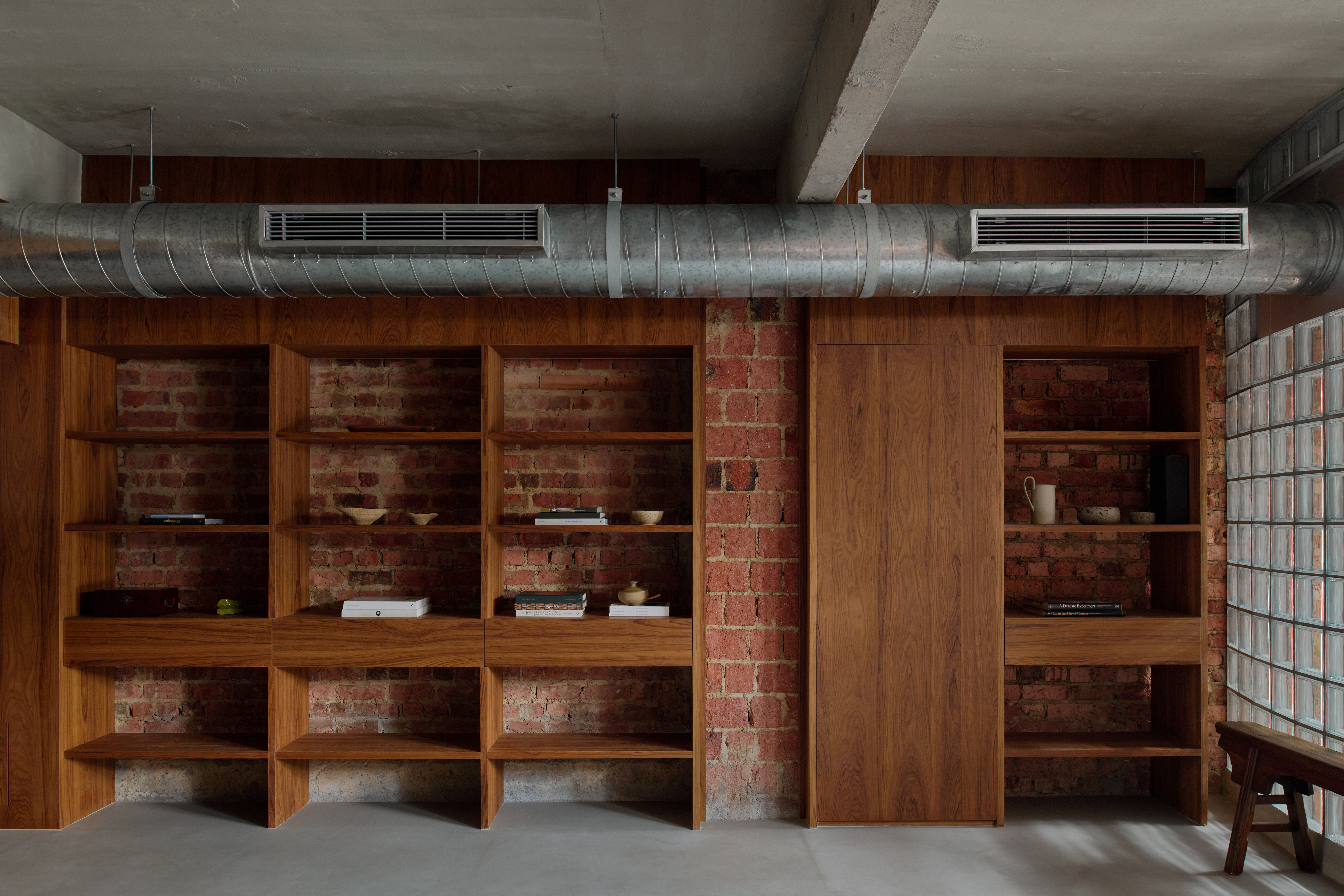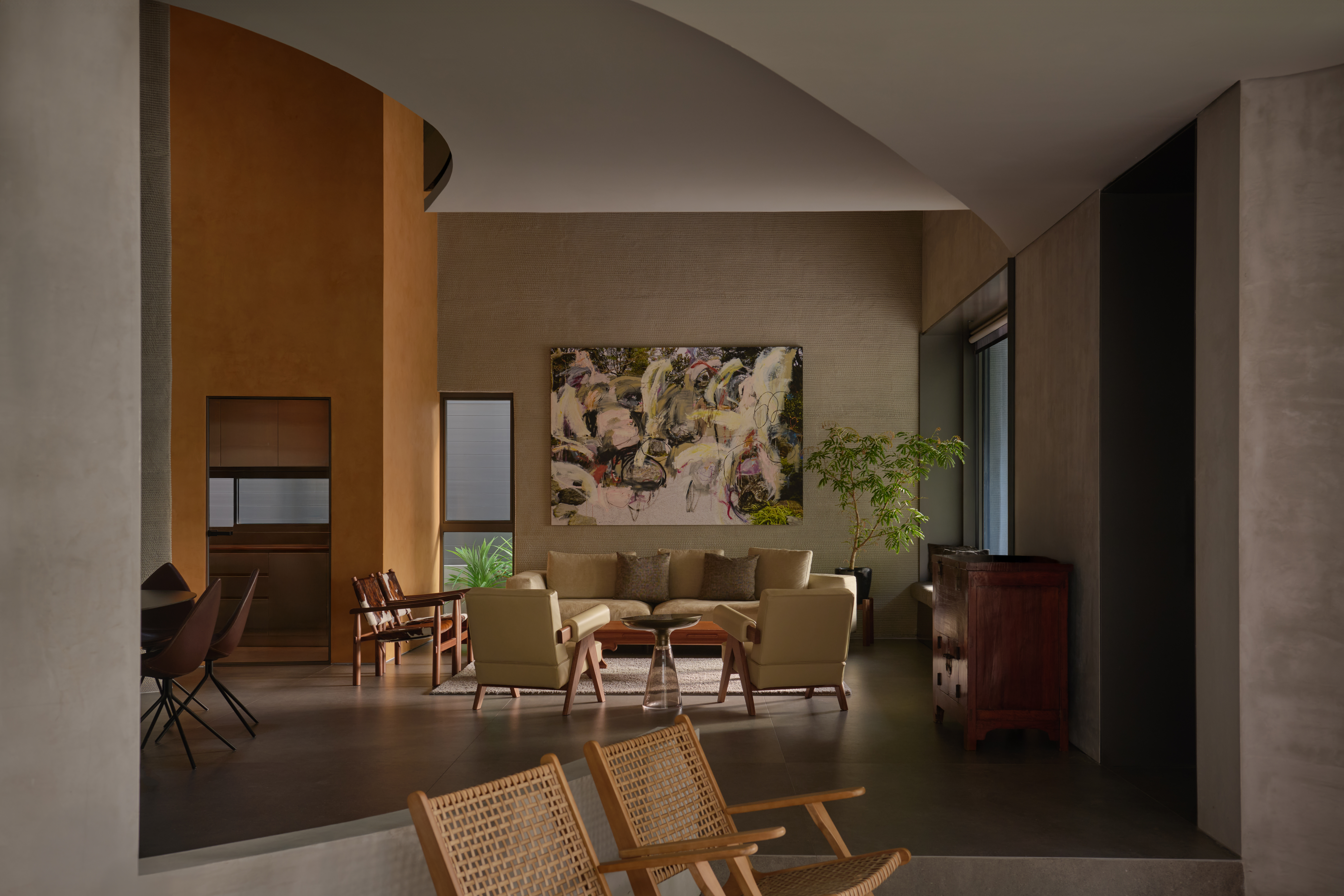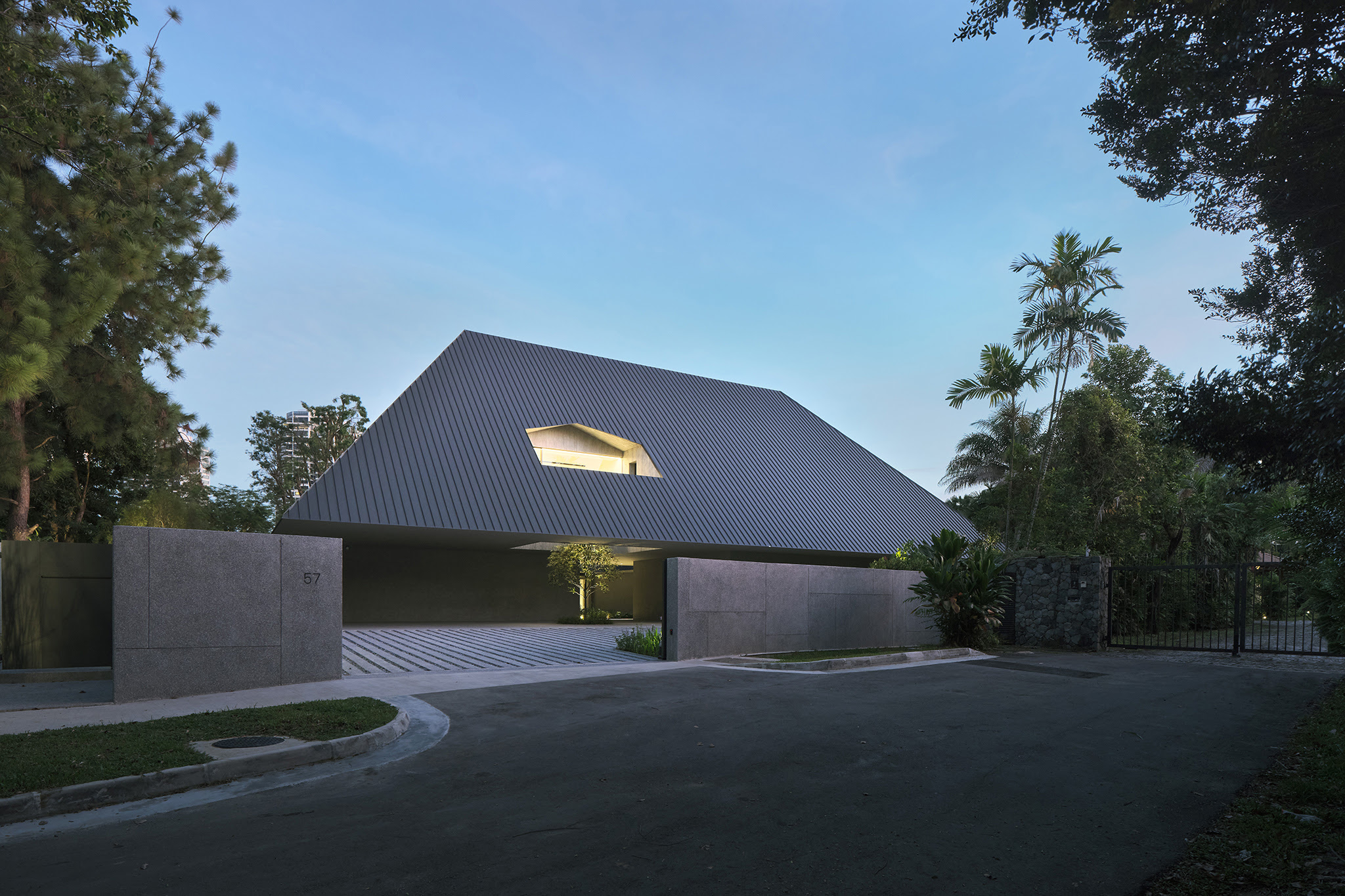The Interlace is completed in Singapore
The Interlace, the latest residential offering by Büro Ole Scheeren and OMA Beijing, is not only one of the largest residential developments in Singapore, it also promises to be one of the most ambitious, promoting a radical new approach in contemporary residential design.
It's a tall complex, but not as you know it. While standing 24 storeys, the development spans an impressive 170,000 sq m of floor area. To achieve this, the architects made a tactical design decision: to create a gradual 'stepping' effect rather than follow the usual slender skyscraper form. They composed 31 elegant apartment blocks of six floors each, allowing for plenty of openings and outdoor green spaces that break up the large volumes. This unique twist addresses issues of density and outdoor space in a residential setting and reflects the Interlace designation.
The new effort brings contemporary living to Singapore's lush, tropical Southern Ridges, one of Asia's key addresses. The structure contains a thousand condominium units of varying sizes, complemented by compassionately landscaped outdoor spaces - some public, some private. Together, they form six hexagonal clusters. 'The interlocking volumes form the topography of a vertical village,' say the architects.
Environmental sustainability was high on the architects' agenda. For instance, they strategically placed small bodies of water within defined wind corridors, so, they say, 'evaporative cooling happens along the wind paths, reducing local air temperatures and improving the thermal comfort of outdoor recreation spaces.'
Sitting within 9km of green belt, the Interlace offers wide views of the natural surroundings, while all levels are bathed in the abundant Southeast Asian sunlight. Even the basement parking spaces are bright and airy, thanks to carefully planned open-air voids in the ground-level landscaping.
Receive our daily digest of inspiration, escapism and design stories from around the world direct to your inbox.
Ellie Stathaki is the Architecture & Environment Director at Wallpaper*. She trained as an architect at the Aristotle University of Thessaloniki in Greece and studied architectural history at the Bartlett in London. Now an established journalist, she has been a member of the Wallpaper* team since 2006, visiting buildings across the globe and interviewing leading architects such as Tadao Ando and Rem Koolhaas. Ellie has also taken part in judging panels, moderated events, curated shows and contributed in books, such as The Contemporary House (Thames & Hudson, 2018), Glenn Sestig Architecture Diary (2020) and House London (2022).
-
 Curvilinear futurism meets subtropical beaches at Not A Hotel’s ZHA-designed Okinawa retreat
Curvilinear futurism meets subtropical beaches at Not A Hotel’s ZHA-designed Okinawa retreatZaha Hadid Architects has revealed the design for the first property in Not A Hotel’s futuristic new Vertex collection, coming soon to southern Japan
-
 Gorden Wagener leaves the helm of Mercedes-Benz design after 28 years with the company
Gorden Wagener leaves the helm of Mercedes-Benz design after 28 years with the companyThe German designer is stepping down from the role of chief design officer at Mercedes-Benz. We look back at his influence and impact on the world of automotive and luxury design
-
 These Christmas cards sent by 20th-century architects tell their own stories
These Christmas cards sent by 20th-century architects tell their own storiesHandcrafted holiday greetings reveal the personal side of architecture and design legends such as Charles and Ray Eames, Frank Lloyd Wright and Ludwig Mies van der Rohe
-
 A Singapore terraced house is redesigned into owner’s ‘last home’
A Singapore terraced house is redesigned into owner’s ‘last home’‘My last home’ is a Singapore terrace redesign by L Architects, who spruced it up by adding texture, rawness and atmosphere
-
 Inside Singapore's first 3D-printed concrete house
Inside Singapore's first 3D-printed concrete houseThe building presents an elegantly minimalist model for the future of mainstream construction
-
 Experience this Singapore apartment’s Zen-like qualities and cocooning urban haven
Experience this Singapore apartment’s Zen-like qualities and cocooning urban havenWelcome to Singapore apartment The Rasidence, a spacious, Zen-like interior by Right Angle Studio
-
 Wallpaper* Architects’ Directory 2024: meet the practices
Wallpaper* Architects’ Directory 2024: meet the practicesIn the Wallpaper* Architects Directory 2024, our latest guide to exciting, emerging practices from around the world, 20 young studios show off their projects and passion
-
 Changi Airport’s Terminal 2 is a relaxing traveller experience that stimulates the senses
Changi Airport’s Terminal 2 is a relaxing traveller experience that stimulates the sensesChangi Airport’s Terminal 2, designed by Boiffils Architecture, is an organic space inspired by Singapore's vegetation, forming a gateway into its garden city
-
 Ian Chee’s Singapore apartment blends past and present
Ian Chee’s Singapore apartment blends past and presentArchitect Ian Chee welcomes us into his Singapore apartment, where past and present cohabit in perfect equilibrium
-
 Multigenerational homes for family get-togethers
Multigenerational homes for family get-togethersMultigenerational homes make the perfect setting for extended families to come together – in daily life and for special occasions, such as the recent Lunar New Year
-
 Brewin Design Office brings New York nostalgia to Singapore apartment
Brewin Design Office brings New York nostalgia to Singapore apartmentBrewin Design Office brings a touch of New York nostalgia to Singapore’s Nassim neighbourhood for a minimalist apartment interior design renovation